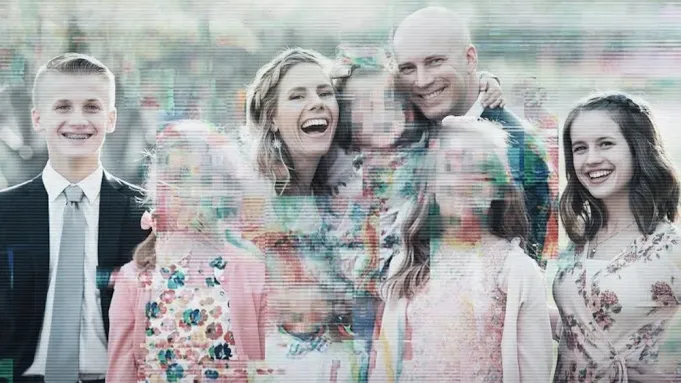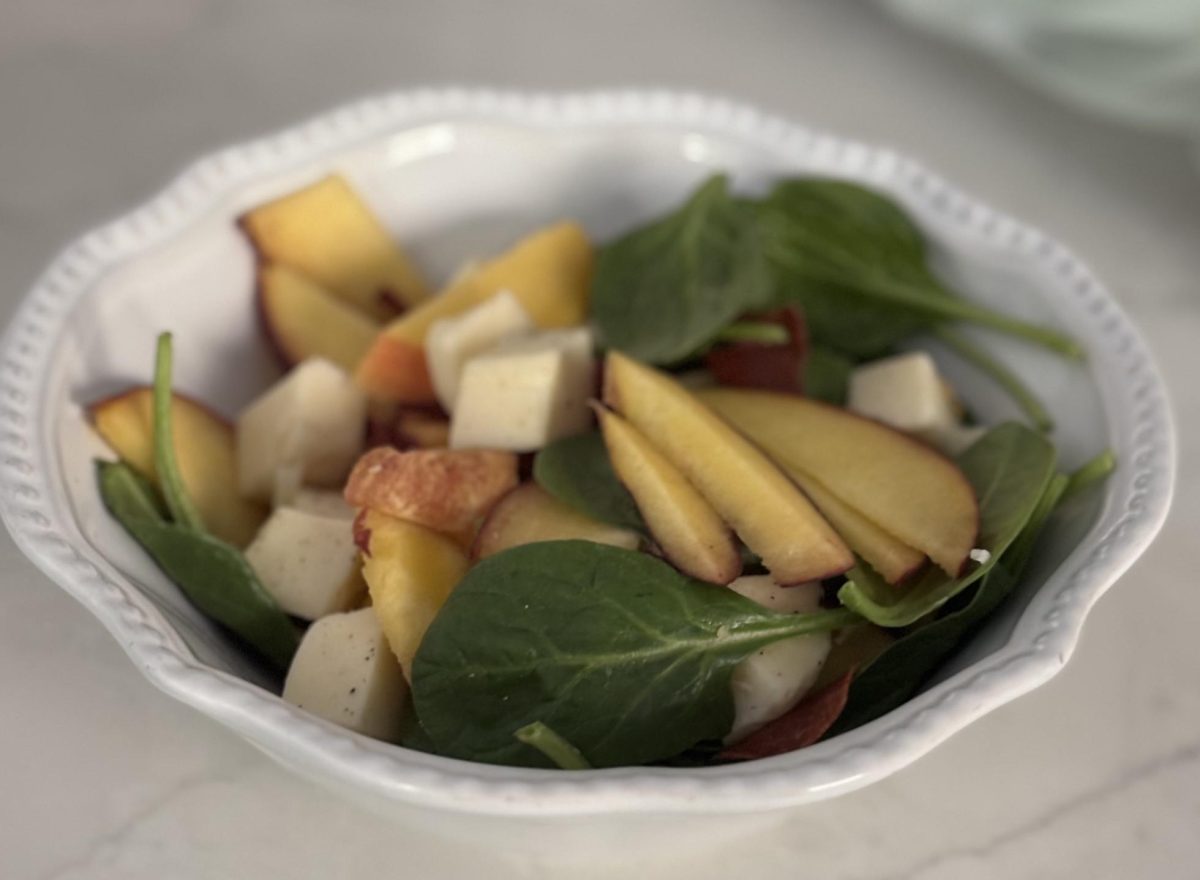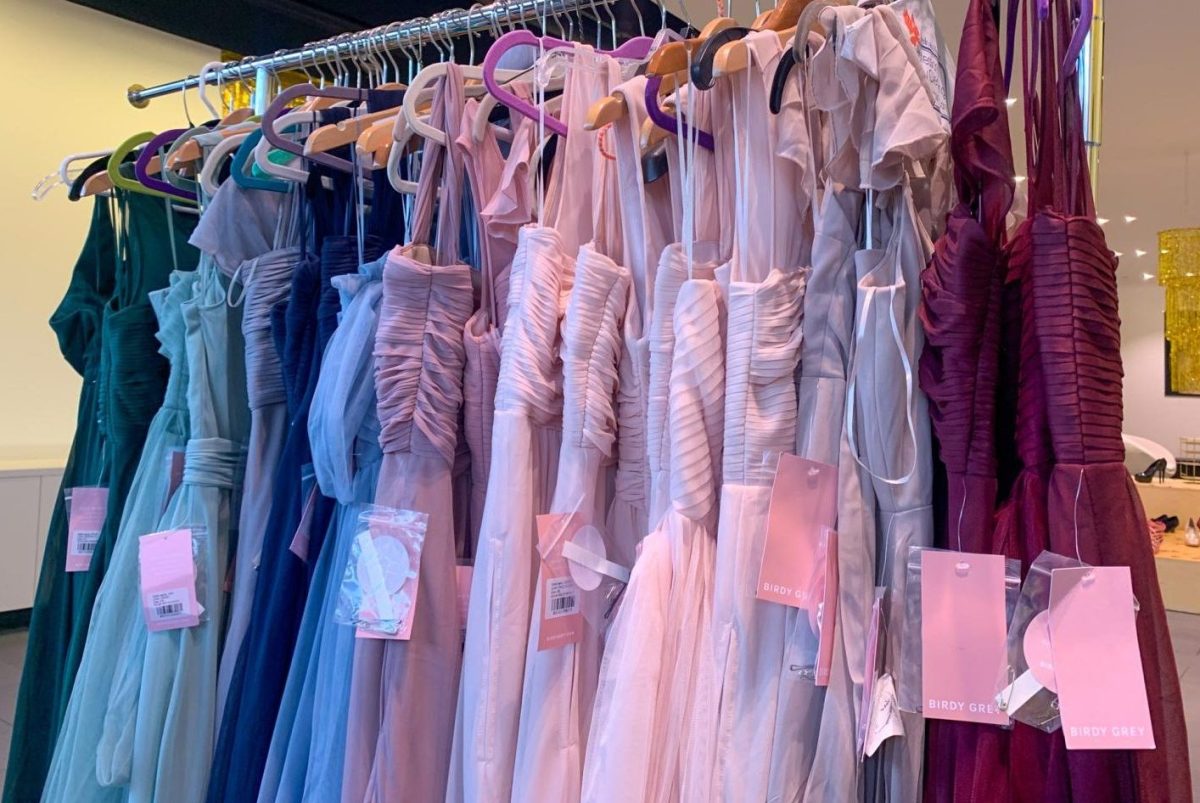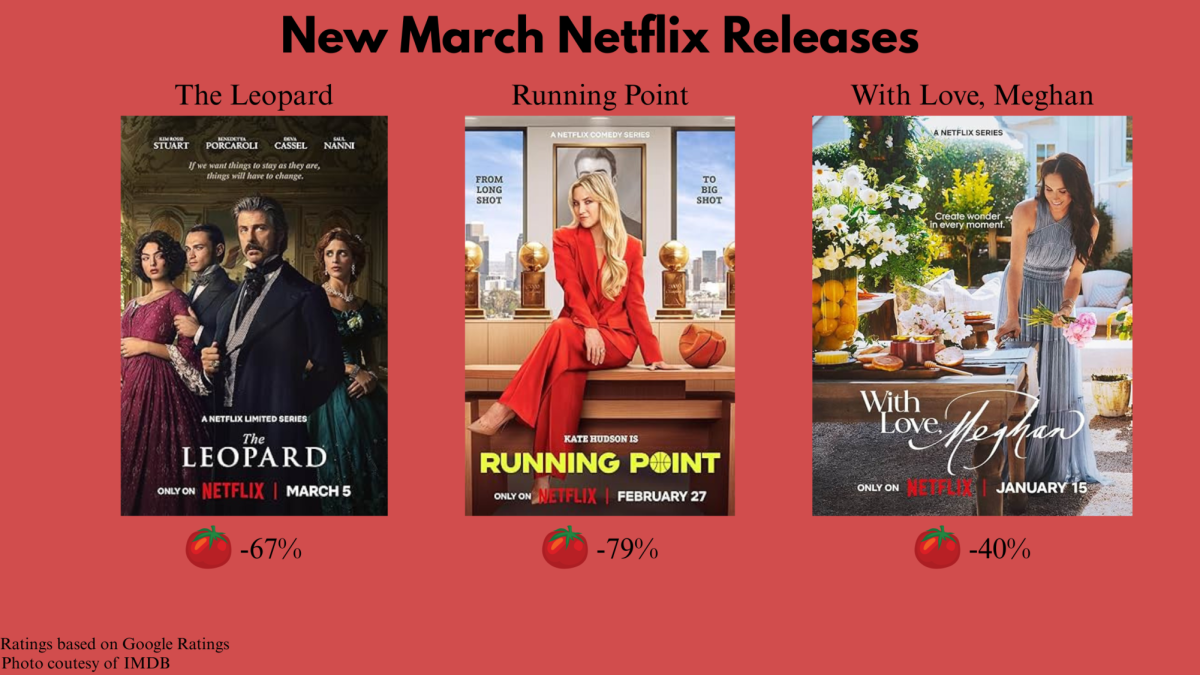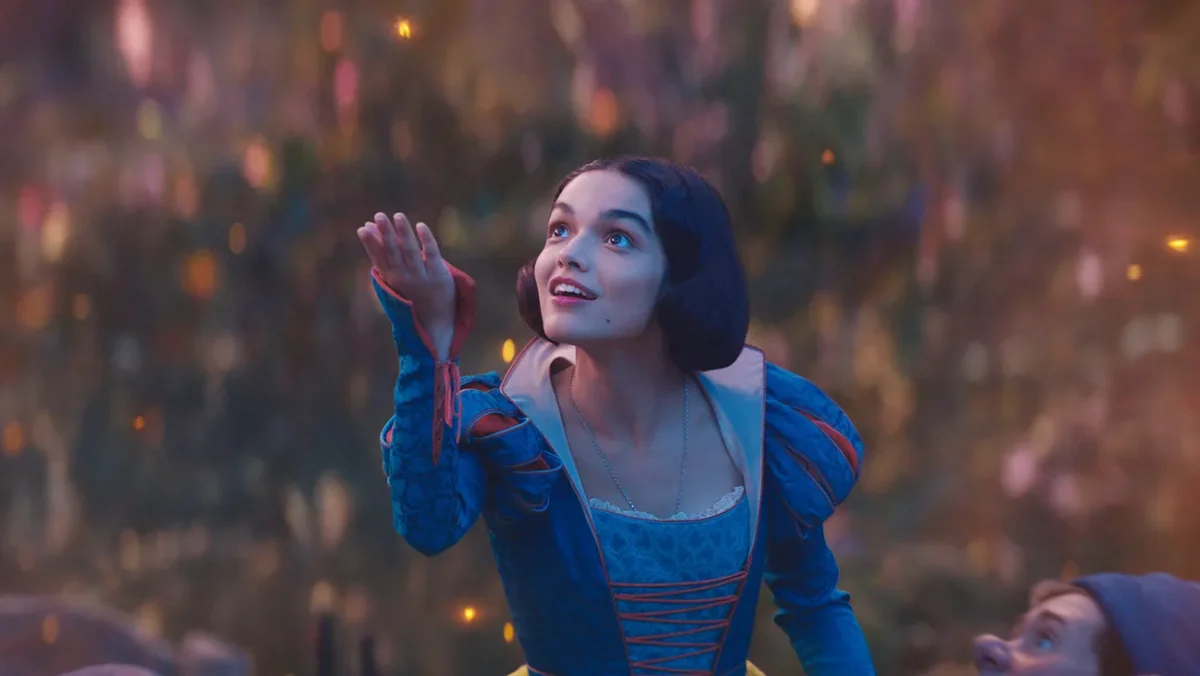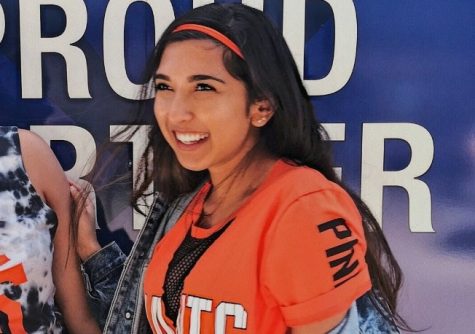It’s a typical, pleasant afternoon in a predominantly African American neighborhood. Kids shoot hoops and run along the sidewalk, bikers and pedestrians pass by rows of houses, waving to friends who are relaxing on their porches. The sun filters through the living room window of one particular household, where the mood, however, appears more grave.
Maverick Carter (Russell Hornsby) sits at the head of the table giving his two young children “The Talk”—although not the typical birds and bees rendition that is most commonly associated with the term. Wide-eyed, the children listen as their father teaches them exactly what they must do if they are pulled over by the police. “It can get real dangerous, so don’t argue with them,” he says. “And put your hands where they can see them.” However, he emphasizes the most on one point— “Just because we gotta deal with this mess, don’t you ever forget that being Black is an honor, because you come from greatness,” he tells them. The children nod, only beginning to understand the complex and potentially dangerous implications of being Black in America—something they will become all too familiar with as they grow up.
This is the opening scene of director George Tillman Jr.’s brilliant film “The Hate U Give,” an adaptation of Angie Thomas’s critically acclaimed 2017 debut novel. From the impactful opening scene right to the ending, the film is a stunning, heart-wrenching and galvanizing narrative that illustrates the struggles of being African American in modern America—where although slavery and lynchings almost no longer exist, the same brutality continues simply under a different name.
The audience experiences the story through the perspective of 16-year-old Starr Carter (Amandla Stenberg), who inhabits two different worlds. On the one hand, she lives with her family in Garden Heights, a Black neighborhood that is witness to the influences of poverty, drugs and gangs. At the same time, she attends Williamson Prep, an extremely wealthy, predominantly White private school whose other students live a life of unadulterated privilege. Starr strives to keep her two worlds separate; at Garden Heights she is comfortable with her identity, whereas at Williamson she is careful not to let her “Blackness” seep through. She doesn’t use slang, never argues and doesn’t give anyone an excuse to call her “ghetto.”
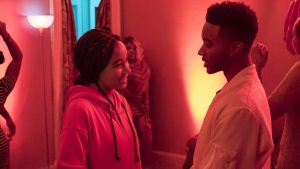
Starr’s carefully-crafted balance between her Garden Heights and Williamson self is destroyed when she sees her childhood best friend, Khalil Harris (Algee Smith), being shot to death by a White police officer after he pulls them over on their drive home from a party. In addition to coping with the trauma of the incident, she is faced with a tough decision: does she stay silent and preserve her life as she knows it, or speak up for Khalil and embark on a fight for his justice? Stenberg delivers a scintillating performance as she expresses the dilemmas and emotions that Starr faces as a result of her decision, with a rawness that tugs at the heartstrings of the audience and causes them to connect deeply with her character, her story and her community.
The film tackles the issue of police brutality and institutionalized racism against African Americans with extreme nuance and honesty, neither sugar-coating it nor delivering a one-sided, black-and-white portrayal of the issue. The scene where Khalil, completely unarmed, is murdered by a police officer sends the audience reeling and prepares them for more gut-wrenching scenes that follow as the movie progresses.
Though the film’s primary focus is on police brutality and the injustice of Khalil’s death, it also brings to light the subtleties of racism. This is what makes the film stand out from others that might attempt to tackle similar topics; the sincerity with which it digs deeper and tries to paint a more thorough picture of the sensitive issues it addresses makes the film a social justice masterpiece.
Though Stenberg steals the show with her fiercely compelling screen presence, strong performances by supporting actors are crucial to the film’s goal of bringing attention to various aspects of racism. Sabrina Carpenter effortlessly portrays the role of Starr’s prejudiced best friend, Haley, who disgusts the audience when she suggests that Khalil probably deserved to die. KJ Apa, who plays Starr’s extremely loving and supportive boyfriend, is effective in displaying how his White privilege prevents him from fully understanding Starr’s anguish. Though the characters they play might anger or disappoint the audience, these actors bring additional dimension and depth to the film through their original and sincere performances. By including subtler representations of racism alongside the dominant focus on police brutality, the film helps the audience see just how complex and layered these issues are.
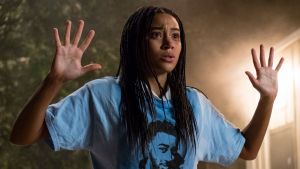
In addition to heartfelt performances by the cast, the film also showcases flawless cinematography. Tillman Jr. does not waste a single frame; each angle and shot has been perfected to deliver as much impact as possible, allowing the scenes to incite the desired emotions within the audience. The scenes are also effective in juxtaposing the settings of Garden Heights and Williamson. While Garden Heights is a riot of color, sound and activity, Williamson reflects the white and blue colors of their school uniform, showcasing a monotonous and almost sterilized feel.
This juxtaposition is also exemplified through the background music that changes based on the two settings. While the Williamson scenes are complemented by Billie Eilish’s dreamy “Ocean Eyes,” most of the movie pulses to the beat of popular rap music that shares themes of Black pride or illustrates Black culture. Newer releases such as Kendrick Lamar’s “DNA,” Travis Scott’s “Goosebumps” as well as classics such as “All Eyez on Me” by Tupac are some highlights that add more excitement to the movie as a whole.
The movie comes at an extremely important time, where stories like Khalil’s are all too familiar, but for many, merely serve as headlines that invoke temporary emotion while scrolling through. “The Hate U Give” creates empathy and humanizes the victims of police brutality in a way that the news doesn’t—seeing Khalil’s blood and Starr’s tears and hysteria as she runs to his lifeless body when only moments before they were laughing, talking about their futures and rapping along to Tupac in his car, shocks the audience into feeling intense sorrow and anger as well as a pronounced urge to take action.
Ultimately, “The Hate U Give” does justice to an issue that is still very raw in the collective consciousness of Black America and will undoubtedly stay with the audience long after the credits roll.


